8 automation tricks every producer must know
Listen and learn how it can spice up your sound
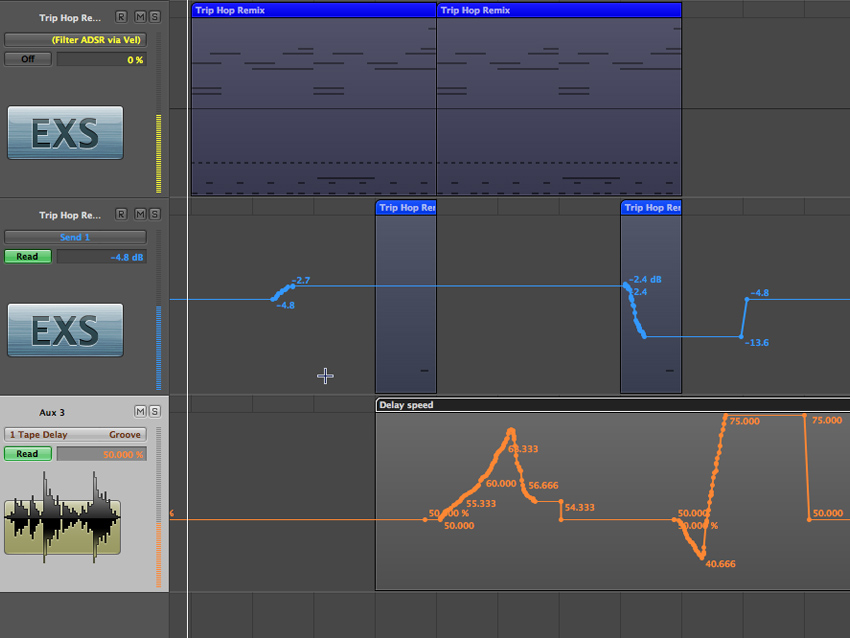
Automation is something that every producer can benefit from using, but you might not know how it can be employed or what effect it can have on your sounds.
This being the case, we've put together a list of practical examples of automation in action, complete with audio clips so that you can hear the results of its application.
All of our sounds were created in Logic, but it's the principles that are important here, and these can be applied in any DAW with automation facilities.
1. White noise pad
Here's the electronic equivalent of the reverse cymbal. We've programmed a little beat pattern and bassline, before activating only the white noise generator on Logic's ESP synth. Having drawn in a note lasting a full bar, we've automated the cutoff to create a 'rise', as well as the amount and speed of the LFO routed to the filter. That's why the result isn't just sweepy, but twisty and washy too.
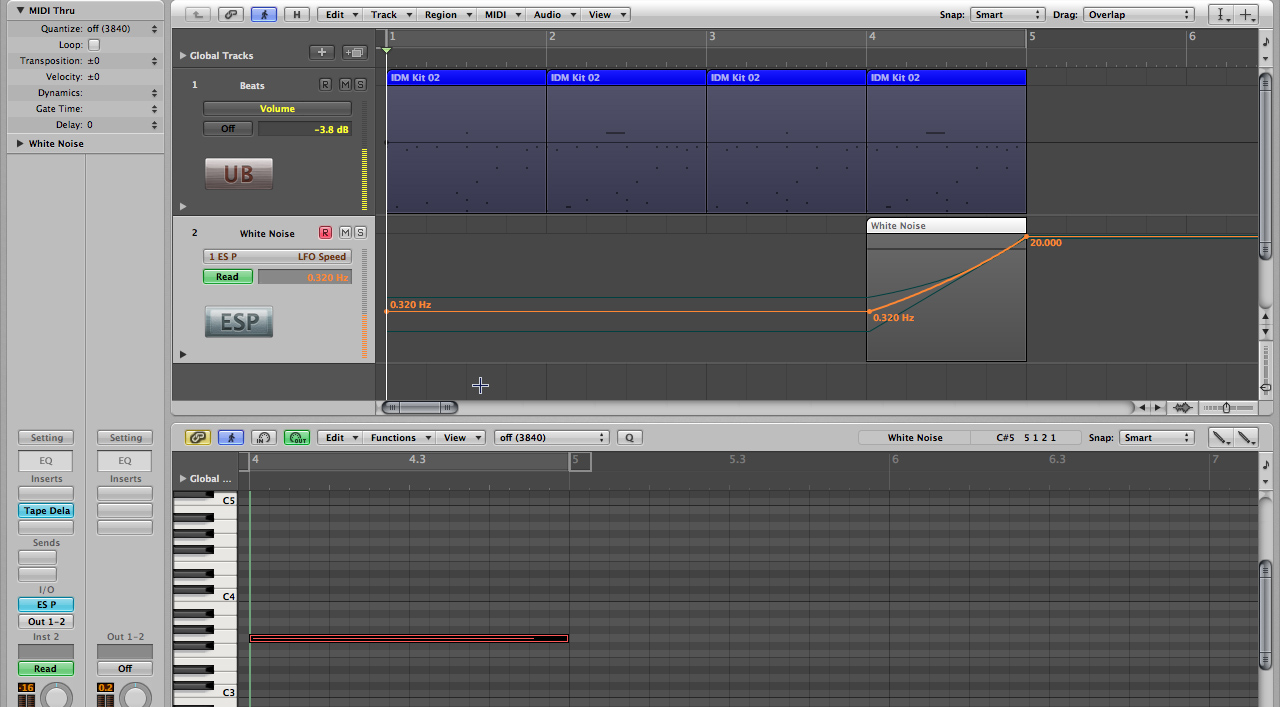
2. Squelchy bass
Big, fat basses that evolve and grow throughout the duration of a note are all the rage, whether in dubstep, DnB or even house. You can get this effect using filter envelopes alone, but if you want variable growl each time, automation is the key. Here, we've written a basic part and automated the filter cutoff by varying amounts. We've also used Logic's curve tool on some sweeps so that they take you by surprise.
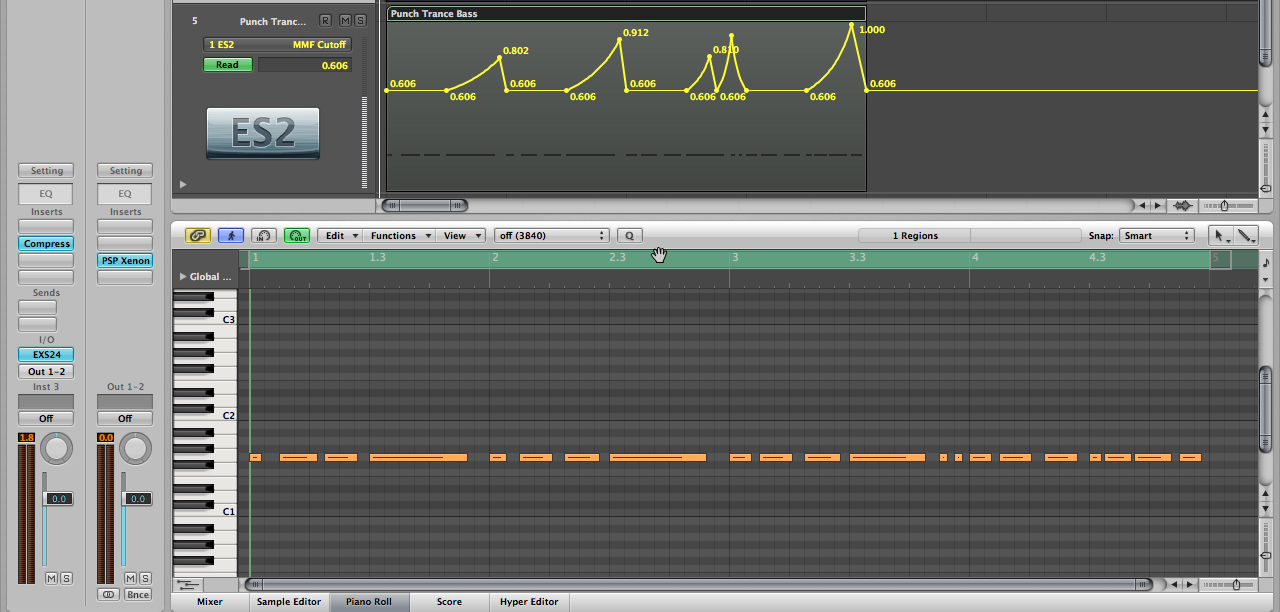
3. Automating pads
Left to their own devices, pads can often become dull and simply take up space. Here, we've livened one up considerably by varying its tone, vibrato, distortion amount and effects settings. We've routed it to two auxiliary buses, then adjusted the reverb and delay/phaser combinations on them.
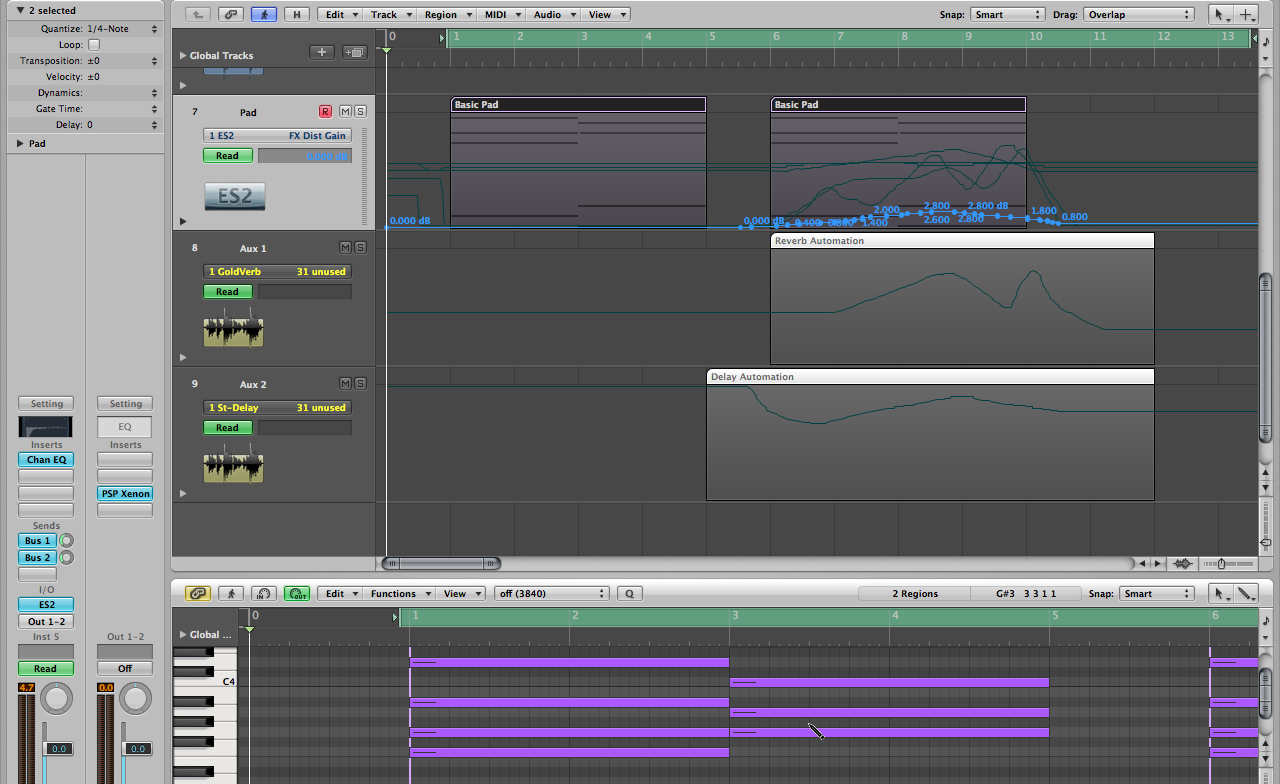
4. Dub delays
Here we've programmed a basic dub part, but we occasionally wanted to delay the snare to get some characteristic heavy echoes. To do this, we set up our delay of choice on an auxiliary channel and automated the send level from the snare to it. Most of the time, the delay remains straight, but every once in a while, the send rises to produce a greater amount of echo.
Get the MusicRadar Newsletter
Want all the hottest music and gear news, reviews, deals, features and more, direct to your inbox? Sign up here.
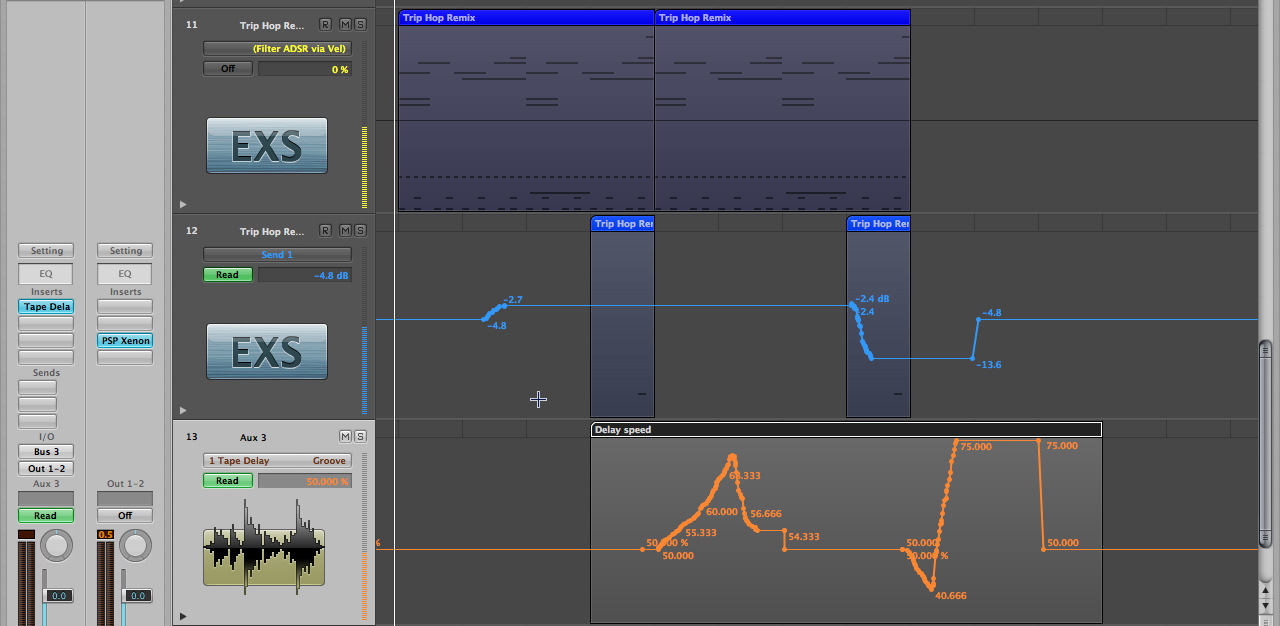
5. Regenerating delay spins
Above a certain feedback level, delays begin to regenerate. In other words, the echoes begin to get louder rather than quieter. This is fine up to a point, but soon makes a train wreck of your mix if left to its own devices. To control this, we've set up the delay on an auxiliary, sent our signal to it at the critical moment and automated the feedback level - nudging it up and down to keep the delays alive, but dropping them back when unruly. Panning or tremolo after the delay makes the whole lot bounce from side to side. We've also automated the tremolo speed, so that the movement isn't predictable.
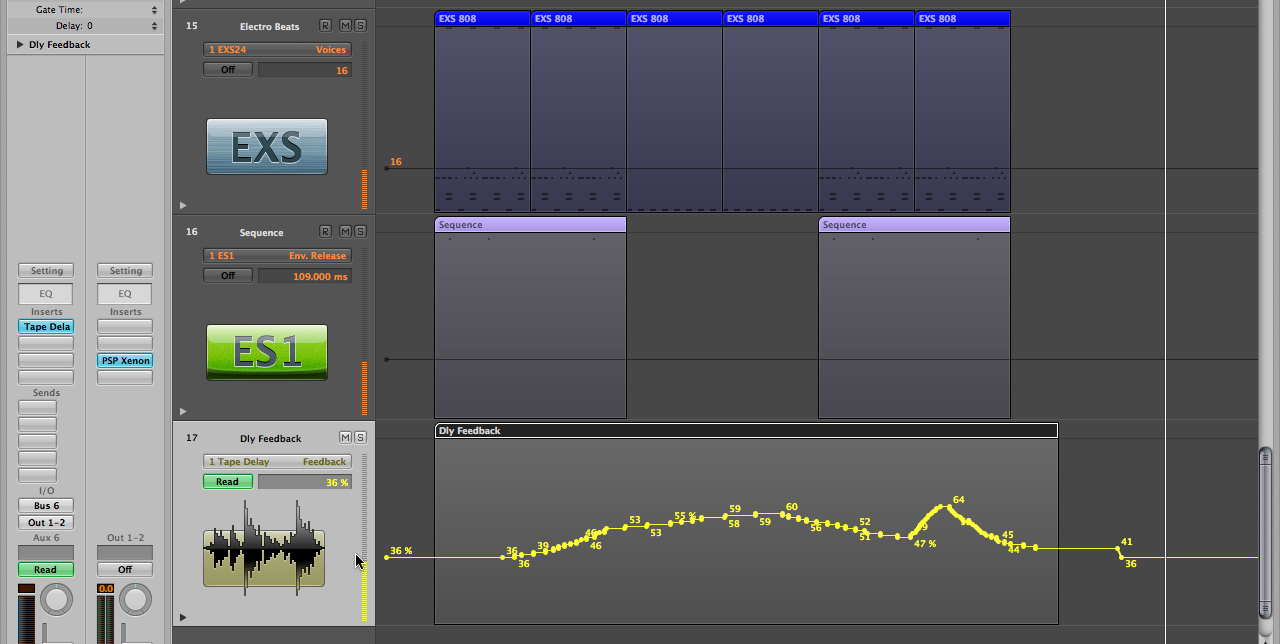
6. Build a bypass
An effective way to turn a mix on its head is to line up a series of plug-ins, then suddenly activate all of them at a critical moment. This is easily done by automating the Bypass buttons on the plug-ins, though be aware that it might sound a touch messy if you un-bypass while the part is actually playing. Often, it's better to wait for a break in the material.

7. LFO laffs
Remember, LFOs usually offer at least three automatable parameters: shape, speed and depth. Respectively, these enable you to adapt the characteristic of the change you're looking for, the rate at which the movement takes place and the amount of change introduced. Used carefully, all three of these parameters can create mind-bending modulations, as our lead synth part on this next example shows. Additionally, you might automate the target point for the LFO, or the delay time before the effect takes hold.

8. Change the whole sound
If you're looking for a really stand-out synth sound, you might want to get busy with the oscillators. Remember, these are responsible, more than any other element, for the core quality of your sound. Switch waveforms - particularly on multi-oscillator synths - on the fly and great things can happen. Automation can make it all a reality, as this ever-changing plucky synth part shows.

For a comprehensive guide to automation, seek out the April issue of Computer Music (CM137). It's on sale now.
Now read 9 ways to create better sounds in your DAW
Get MusicRadar news delivered straight to your inbox
The free MusicRadar newsletter serves up the week's biggest artist and product news stories alongside exclusive tuition and gear reviews. Sign up for the free weekly MusicRadar newsletter here.
Follow MusicRadar on Twitter for bonus updates
Computer Music magazine is the world’s best selling publication dedicated solely to making great music with your Mac or PC computer. Each issue it brings its lucky readers the best in cutting-edge tutorials, need-to-know, expert software reviews and even all the tools you actually need to make great music today, courtesy of our legendary CM Plugin Suite.
“I’m looking forward to breaking it in on stage”: Mustard will be headlining at Coachella tonight with a very exclusive Native Instruments Maschine MK3, and there’s custom yellow Kontrol S49 MIDI keyboard, too
“Turns out they weigh more than I thought... #tornthisway”: Mark Ronson injures himself trying to move a stage monitor










